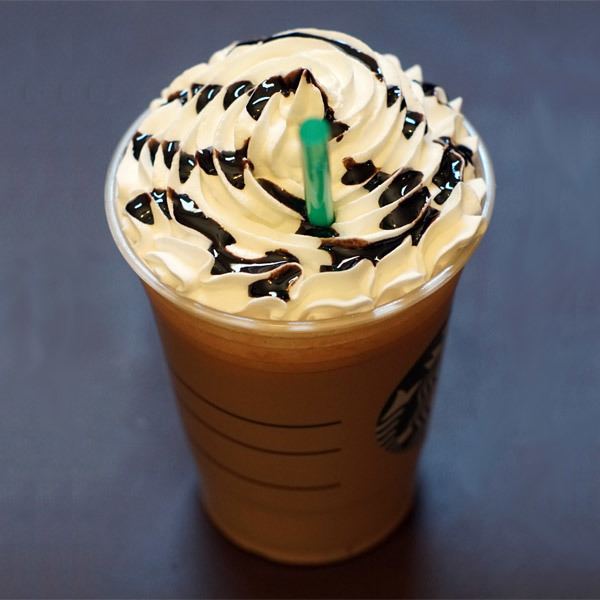 | ||
10 fake foods you eat
Fake food is a model or replica of a food item made from plastic, wax, resin or similar material. These models are commonly used in restaurant street displays in Japan to represent the dishes available inside.
Contents
- 10 fake foods you eat
- Fake food watermelon
- Use by Japanese restaurants
- Other uses
- Manufacturing process
- References

Fake food watermelon
Use by Japanese restaurants

In Japan, (shokuhin sampuru (食品サンプル), taken from the English "sample") are widespread. During the early Shōwa period, in the late 1920s, Japanese artisans and candle makers developed food models that made it easy for patrons to order without the use of menus, which were not common in Japan at that time. Paraffin was used to create these until the mid-1980s, but because its colors faded when exposed to heat or sunlight, manufacturers later switched to vinyl chloride, which is "nearly eternal."
The plastic models are mostly handmade from polyvinyl chloride and sculpted to look like the actual dishes. The models can be custom-tailored to individual restaurants and even common items such as ramen can be modified to match each establishment's food. During the molding process, the imitation ingredients are often chopped up and combined in a manner similar to actual cooking.

Many restaurants in Japan use replicas to display their popular dishes in their windows and attract customers. The plastic food manufacturers fiercely guard their trade secrets as business is lucrative; the plastic food industry in Japan, by conservative estimates, has revenues of billions of yen per year. A single restaurant may order a complete menu of plastic items costing over a million yen. The plastic replicas are much more expensive than the food they imitate, but can last indefinitely. For this reason, many companies that manufacture fake food have stagnant or declining profits. In recent years, Japanese plastic food manufacturers have been targeting markets overseas, including China and South Korea.
The craftsmanship has been raised to an art form. Japanese plastic food models by the Maizuru Company were exhibited at London's Victoria and Albert Museum in 1980. Regular competitions are held in making fake food dishes out of plastic and other materials.
Other uses
Fake and replica foods are used in many ways, such as props for backgrounds in movies, television shows, theatrical plays, television commercials, print ads, and trade shows. Fake foods are also used to display lifelike replicas of real foods for restaurants, grocery chains, museums, banquet halls, casino buffets, cruise ships, and in many other instances in which real foods cannot be displayed. For instance, the American company Fake Foods began when fast food restaurant Wendy's needed artificial kale for their salad bar display.
In the 2010s, models of foods and dishes were also used for nutrition education and consumer research.
In North America, fake food is often used for retail displays. Furniture retailers use it in showrooms (such as a bowl of fake apples) to give their furniture settings a lived-in look.
Manufacturing process
Modern manufacturing technologies and high quality plastic materials provide realistic-looking fake food replicas, and approximately 95% of all fake food is still handcrafted. Artisans and highly trained craftsmen make realistic fake food, often painting them by hand to create a realistic look and feel.
When fake food is made using a mold, the mold is created by dipping real food into silicone. A liquid plastic, typically vinyl chloride, is chosen in a color that matches the food, before being poured into the mold and heated in an oven until it solidifies. (When a food sample is not available or would disintegrate or melt in the mold during casting, a clay model of the food must instead be sculpted.) After setting for ten to thirty minutes, any excess vinyl buildup is trimmed off, and the replica is painted either by hand or airbrush. If the food comprises several parts, such as a hamburger or sushi roll, the item is assembled from separate vinyl pieces.
While some large-scale fake food manufacturing companies exist, others are small shops with a single proprietor. Fake food items can be found and purchased in Kappabashi-dori, the food supply street in Tokyo and also at Doguyasuji located in Namba, Osaka. Factories can be found in Gujō, Gifu. Iwasaki Be-I is the biggest plastic food manufacturer in Japan, founded by Takizo Iwasaki in 1932. Maiduru is another old and large manufacturer.
